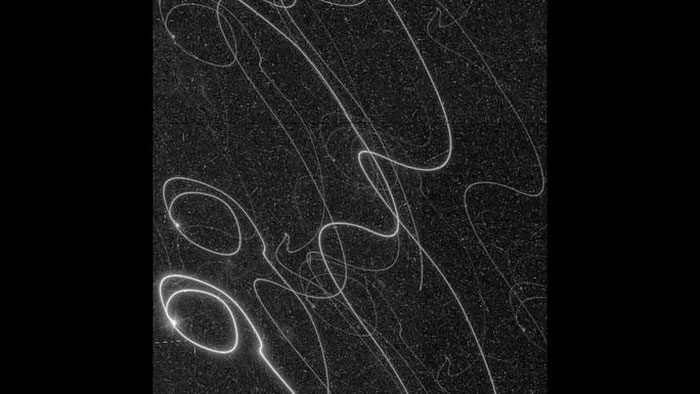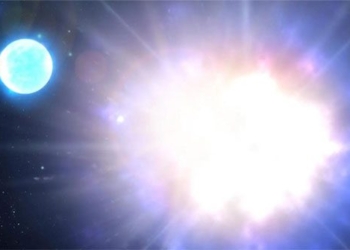The Euclid spacecraft, which is researching dark energy, launched by the European Space Agency (ESA), has begun its bewildering journey with a chaotic flight path that resembles tangled loops across the sky.
The ESA investigation concluded that the cause of the incident was “an attacker from the dark”: cosmic rays.
According to ESA, Euclid, nicknamed “the dark universe detective,” is now on the right track after correcting the misidentified positions of its guiding stars.

The chaotic and bizarre flight path of the Euclid spacecraft in its early stages – (Photo: ESA).
Euclid launched on April 1 and is flying to Lagrange Point, a stable gravitational balance point in the Earth-Sun system, where it will have a safe position for optimal observations.
However, in the early days following its launch on July 1, Euclid’s flight path puzzled scientists: It twisted and turned chaotically across the sky, creating tangled loops in the atmosphere.
According to Live Science, ESA reported that the guiding sensor of the “dark universe detective” malfunctioned due to bombardment by cosmic rays during a period of high solar activity. Moreover, stray light and X-rays from the Sun continuously disrupted the spacecraft.
As a result, Euclid was unable to correctly identify the guiding stars it was programmed to follow, leading to its erratic flight.
ESA scientists developed a software patch. After being updated and undergoing 10 days of testing, the spacecraft’s Fine Guidance Sensor resumed normal operation.
The “dark universe detective” Euclid will be tasked with surveying about one-third of the sky from Earth and looking back over 10 billion years of cosmic history, mapping 3D models of galaxies to understand how our 13.8 billion-year-old universe has formed and what role dark matter plays in this evolution.
Euclid will also examine large-scale galaxy disturbances to see the influence of dark energy in accelerating galaxies away from each other during the cosmic expansion.





















































